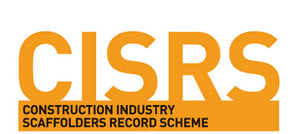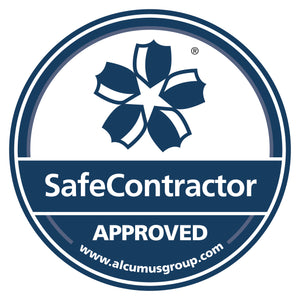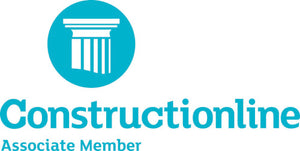19 February, 2024
Scaffolding is a vital component of many construction projects, providing a safe and stable platform for workers to perform tasks at elevated heights. However, ensuring the safety and integrity of scaffolding requires regular inspection and maintenance.
In this blog post, we'll discuss key factors to consider when inspecting and maintaining scaffolding to prevent accidents and ensure compliance with safety regulations.
Structural integrity
The first aspect to check during scaffolding inspection is its structural integrity. Look for any signs of damage, such as bent or broken components, rust or corrosion. Ensure that all connections are secure and that there are no loose or missing bolts, pins or braces. Any structural weaknesses must be addressed promptly to prevent collapses or accidents.
Stability
Scaffolding must be stable and properly leveled to provide a safe working platform. Check for any unevenness or instability, which can result from uneven ground surfaces or inadequate base support. Use a spirit level to verify that the scaffolding is level in all directions. Adjustments may be necessary, such as adding base plates or adjusting leg heights to ensure stability.
Guardrails and toeboards
Guardrails and toeboards are essential safety features of scaffolding, preventing falls and protecting workers from hazards. Inspect all guardrails and toeboards to ensure they are securely installed and free from damage. Make sure there are no gaps or openings that could pose a risk of falling objects or workers slipping off the platform.
Planking and decking
The planking or decking of the scaffolding should be in good condition and capable of supporting the intended load. Check for any signs of wear, rot or damage to the planks, such as cracks or splintering. Replace any defective planks promptly to maintain the structural integrity of the scaffolding.
Weather conditions
Assess the impact of weather conditions on the scaffolding, especially if it has been exposed to rain, snow or high winds. Wet or icy surfaces can create slippery conditions, while strong winds can destabilise scaffolding structures. Inspect for any water accumulation or ice formation and take appropriate measures to address safety concerns.
At TJR Scaffolding we provide high-quality scaffolding for a range of clients, from domestic scaffolding to scaffolding supplies such as builders' trestles - we can do it all. Call us today to learn more about our services.





























